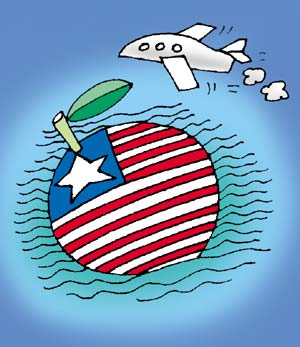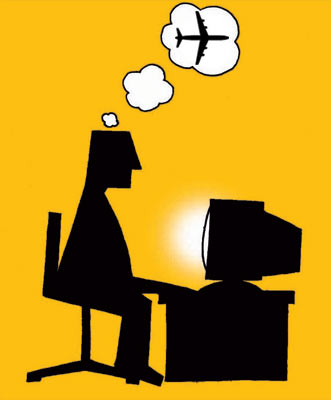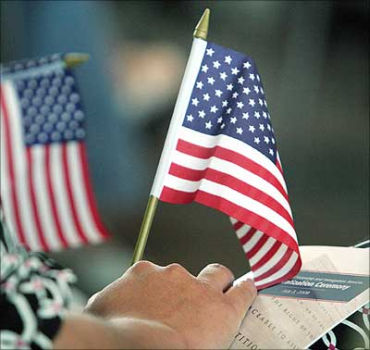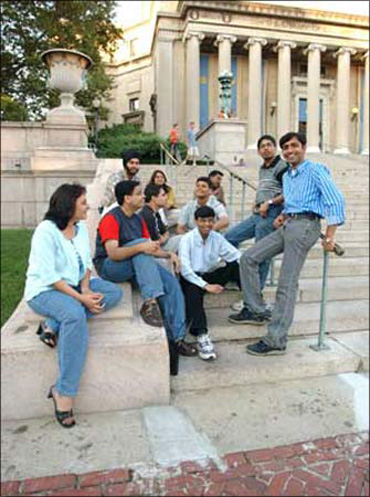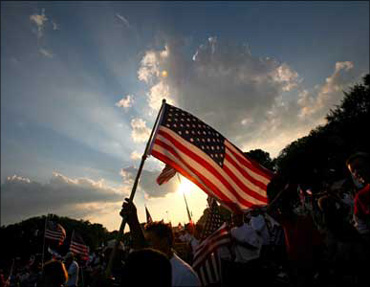 | « Back to article | Print this article |
Demand for H-1B visa falls as US software scene changes
This is a matter of importance to India since the visas are a proxy for the demand scenario that Indian software vendors face in their prime market, the US, which, in turn, reflects the performance of the sector.
This April, visa applications to be issued for the US financial year beginning October saw a 50 per cent drop over last April.
This confirms a two-year downward trend in the number of applications received.
Click NEXT to read more...
Demand for H-1B visa falls as US software scene changes
For example, a cap of 65,000 announced in 1990 was not reached till 1997.
The cap was raised to a peak of 115,000 in 2000 and 2001, coinciding with the run-up to the technology bubble.
The cap was kept high at 195,000 till 2003 and then reduced to 85,000 (including 20,000 for US graduates) in 2004.
But the actual number of visas approved over that year and the next (2005) was around double the cap.
Click NEXT to read more...
Demand for H-1B visa falls as US software scene changes
The demand for H-1B visas has declined partly owing to political targeting by US Congressmen and those supporting skilled workers in the country, who allege that locals are being denied jobs and their wages are getting depressed.
Two new policy provisions introduced in the US may have had an impact.
One clearly seeks to target overseas vendors by doubling the fees payable by them for these visas.
Click NEXT to read more...
Demand for H-1B visa falls as US software scene changes
Also, according to a new stipulation, an employer-employee relationship must exist between the firm applying for the visa and the engineer for whom the visa is intended, thus reportedly making it difficult to continue with body shopping.
It, however, appears that body shopping - the vendor acting more like an employment agency - has become less important since vendors have matured and moved on.
Click NEXT to read more...
Demand for H-1B visa falls as US software scene changes
Also, Indian software vendors, particularly the leaders, have stepped up local recruitment in the US in the interest of their business development as well as social acceptability.
This, more than anything else, may have reduced the demand for H-1B visas.
